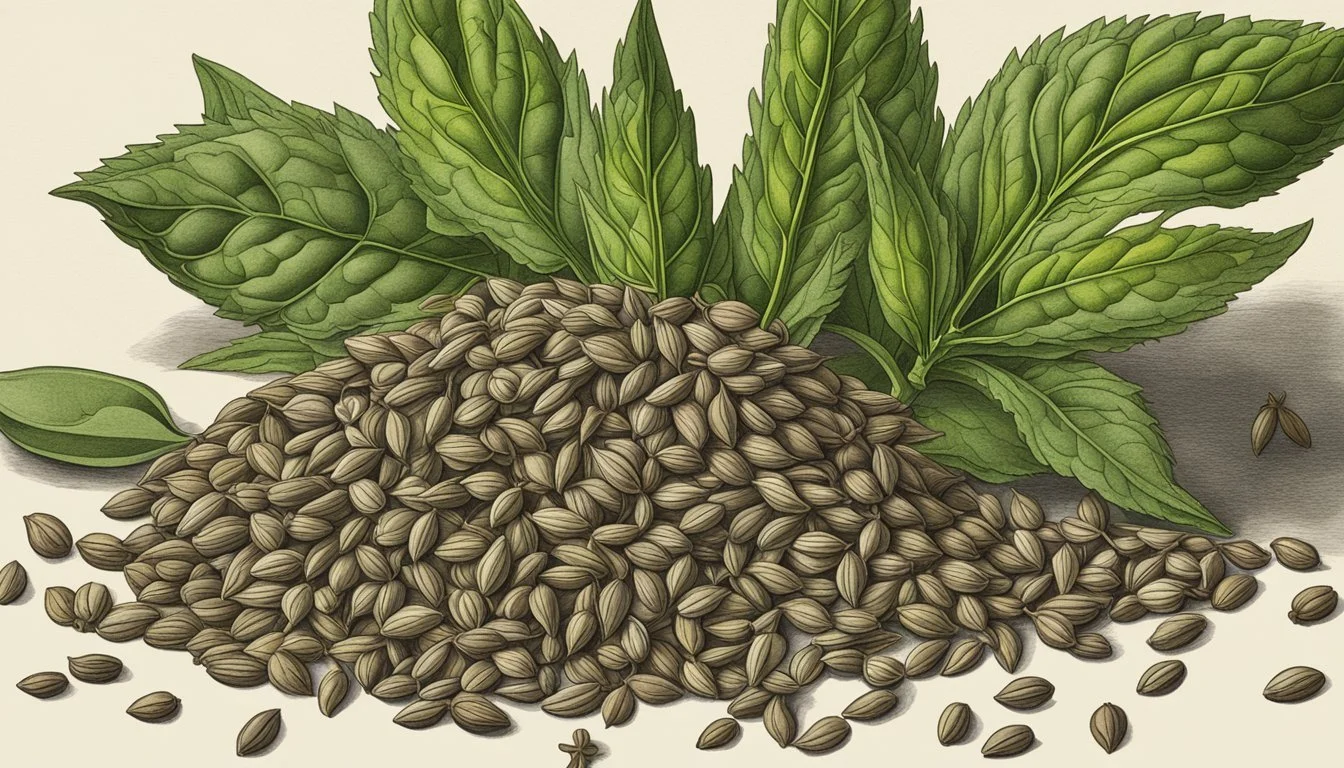Does Anise Seeds Go Bad?
Signs and Storage Tips
Anise seeds, also known as Pimpinella anisum, are a versatile spice commonly used in both savory and sweet dishes. When stored properly in a cool, dark place away from light, heat, and moisture, these seeds can last between two to three years. Proper storage is essential to ensure anise seeds maintain their flavor and do not go stale or rancid.
Despite their longevity, poorly stored anise seeds can lose their characteristic sweet, herbal flavor. Stale anise seeds not only diminish the quality of your recipes but can also affect their aroma. Knowing the correct storage techniques can help you utilize this spice to its fullest potential.
For those who love using anise seed in their culinary creations, understanding its shelf life is crucial. Treat your anise seeds with care, and they will reward you with their unique and delightful flavor for years.
Botanical Profile and Historical Significance
Anise, known scientifically as Pimpinella anisum, is a versatile plant with a rich history and various uses in culinary traditions. It is noted for its distinctive licorice-like flavor and its adaptability to different cuisines and cultural practices.
Origins of Anise
Anise originates from the Eastern Mediterranean and Southwest Asia. It has been cultivated since ancient times and was highly valued by civilizations such as the Greeks, Romans, and Egyptians. Historically, it was used not only for its flavor but also for its medicinal properties.
Anise in Cultural Cuisines and Traditions
In Middle Eastern cuisine, anise enhances both savory dishes and baked goods. In Italian culture, it is a key ingredient in biscotti, while in Greece, it flavors traditional alcoholic beverages like ouzo. Across Europe and North America, it finds its way into a variety of treats and liqueurs such as absinthe.
Related Varieties of Anise
One notable relative is star anise (Illicium verum), which shares the same primary flavor compound, anethole. Fennel seed (Foeniculum vulgare) is another similar spice, often used interchangeably due to its comparable taste. Both star anise and fennel seed are common in various culinary applications.
Culinary Uses
Anise seeds are used in both whole and ground forms, contributing a sweet, aromatic flavor to a wide range of foods. They are popular in baked goods, spice mixes, and beverages. The seeds are particularly significant in Middle Eastern and Mediterranean cuisines.
Health Benefits and Nutritional Profile
Anise seeds are low in calories and rich in nutrients. A 28-gram serving provides 53 calories, 2.3 grams of dietary fiber, iron, magnesium, calcium, and vitamin C. Anise seeds have been noted for their antimicrobial properties, antioxidant content, and potential benefits for digestive issues, blood sugar levels, and reducing inflammation.
Storage and Shelf Life
Proper storage of anise seeds is crucial to maintaining their freshness and potency. When stored in a cool, dark location, whole anise seeds can last for two to three years. Ground anise seed has a shorter shelf life and should be used within six months to retain its full flavor.
Arts and Popular Culture
Anise has made its mark in various cultural expressions, including literature and art. Its aromatic essence is often featured in descriptions of traditional cuisine and festive celebrations in Middle Eastern culture. Anise-flavored liqueurs have also appeared in Western media as symbols of cultural heritage.
Agricultural and Harvesting Practices
As an annual plant, anise requires well-drained soil and a warm climate. Successful cultivation often involves careful timing of the harvest. The ideal harvest time is when the umbels have browned, usually around 120 days after planting. Proper drying and storage techniques are essential for preserving the quality of both the seeds and leaves.



